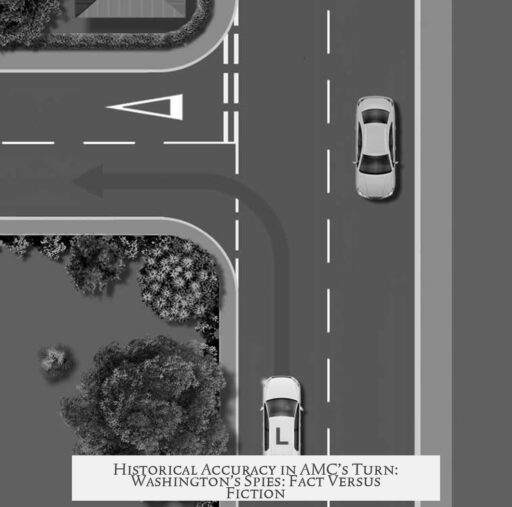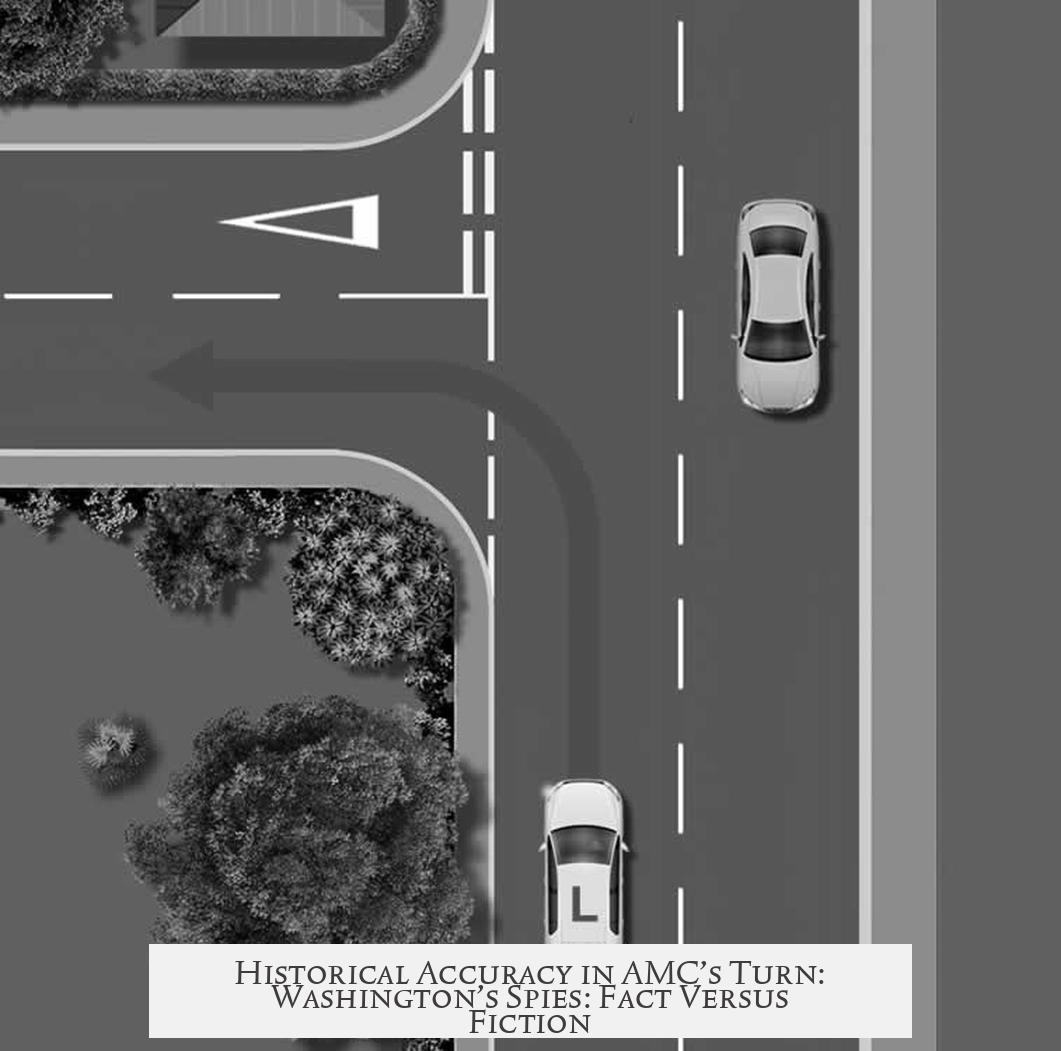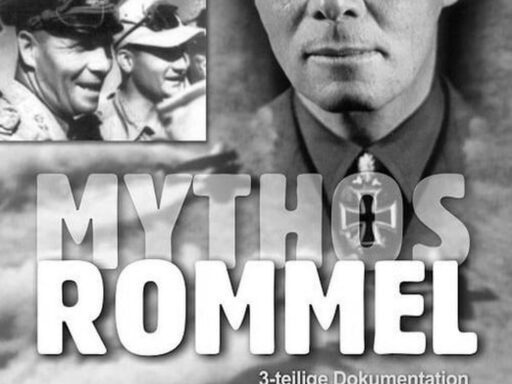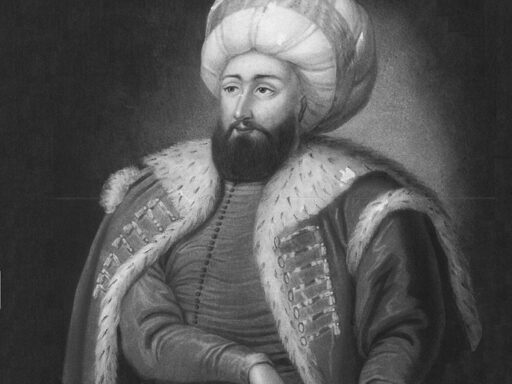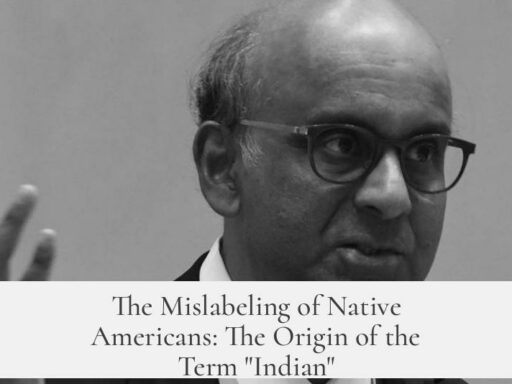AMC’s Turn: Washington’s Spies offers a moderately accurate portrayal of the American Revolutionary War with some notable historical deviations, especially in character depiction and personal backgrounds.
The series adapts events from Alexander Rose’s non-fiction book, which provides a detailed recount of the Spy Ring led by Abraham Woodhull. The book emphasizes factual history without dramatization, focusing on key figures like Benedict Arnold and their complex relationships. The show translates much of this history but introduces elements for dramatic impact.
One key area of alteration is the character of British officer John Graves Simcoe. The show changes several biographical details, such as portraying his father as a surgeon in Calcutta, a claim not supported by historical evidence. Moreover, Simcoe is shown as a ruthless warrior, contrasting with his historical image as a respected statesman. Post-war, Simcoe became a national hero in Canada for his contributions to developing colonial Upper Canada as its governor, which contrasts with the show’s depiction of him as primarily bloodthirsty.
Overall, the show takes some poetic license, as is common in historical dramas. While most events and relationships are grounded in fact, the series exaggerates certain personalities and situations to enhance storytelling. Despite this, it maintains a solid connection to historical truth, reflecting key Revolutionary War events and dynamics. The dramatization does not severely distort the overall narrative but enhances viewer engagement.
- The show’s foundation on a strong, factual book grounds its historical framework.
- Key figures like Benedict Arnold and Abraham Woodhull are portrayed with reasonable accuracy.
- Significant liberties are taken in Simcoe’s characterization and background.
- Poetic license allows for more vivid and dramatic storytelling without wholesale distortion of facts.
In sum, AMC’s Turn: Washington’s Spies balances historical fidelity and dramatization. It serves as an accessible entry point into Revolutionary War espionage, though some characters are depicted in ways that diverge from historical records.
Historical Accuracy of AMC’s Turn: Washington’s Spies
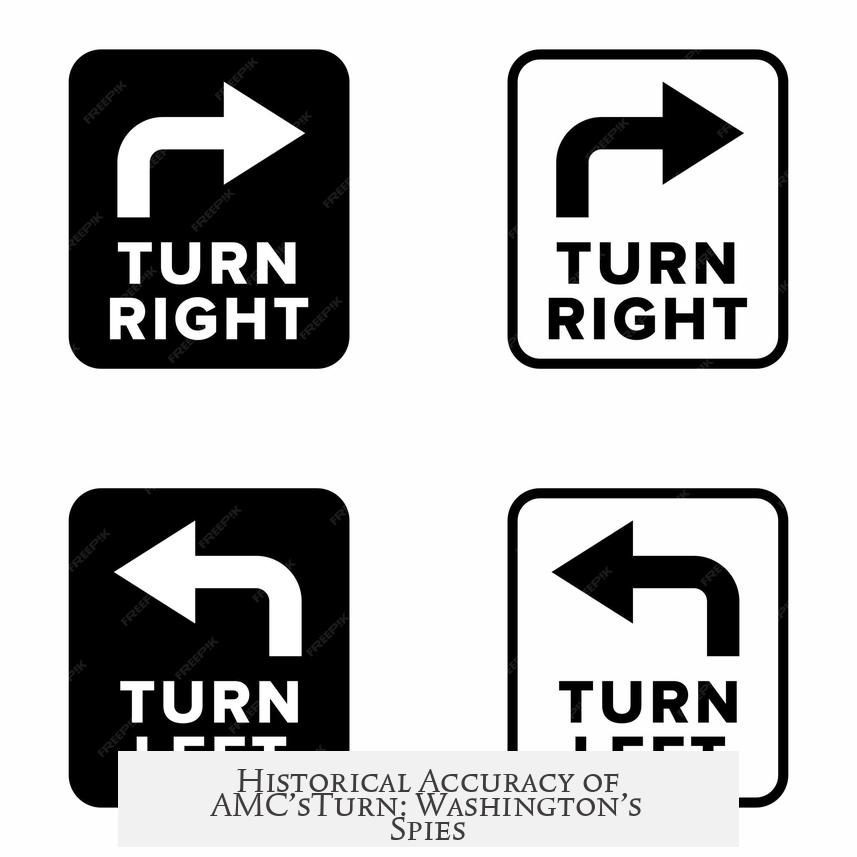
If you’re diving into AMC’s Turn: Washington’s Spies wondering how close it stays to actual history, here’s the scoop: it mixes solid facts with some creative tweaks, especially when it comes to characters like Simcoe. The show balances history and drama, capturing the spirit of the Revolutionary War era without being a strict documentary.
Let’s explore how Turn handles this tricky dance between fact and fiction, focusing on its portrayal of key figures, its use of poetic license, and its true academic foundation.
Portrayal of Key Figures: The Curious Case of Simcoe
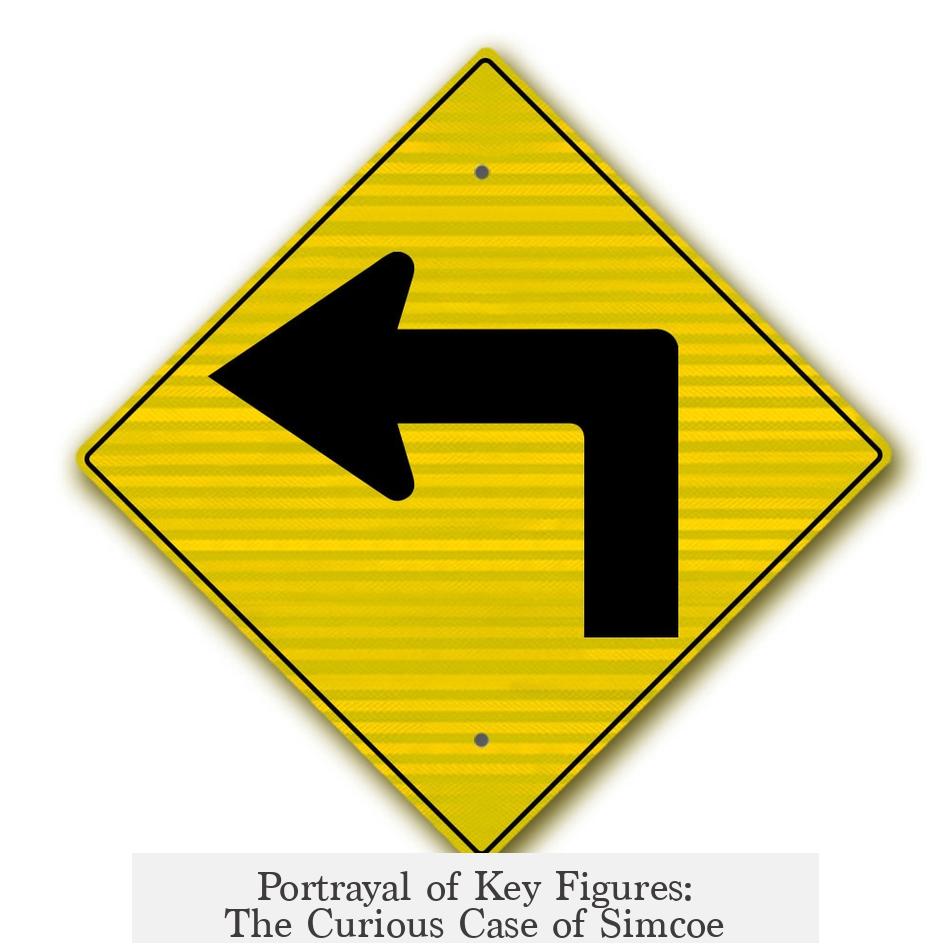
John Graves Simcoe is one of the most fascinating characters—both on screen and in history. But if you think the show’s version matches the real man, think again. Turn paints Simcoe as a ruthless enemy, nearly a villainous warrior. However, history tells a different story: they turned a *statesman* into a *blood-thirsty* adversary for drama’s sake.
- Altered Origins: Contrary to the show’s portrayal, Simcoe’s father was not a surgeon in Calcutta. This detail was fabricated, perhaps to add exotic flair or drama to the character’s background.
- National Hero Status: In Canada, Simcoe is a respected figure, remembered for his role in developing Upper Canada after the war. The show downplays this positive legacy, instead highlighting his wartime ruthlessness.
- A More Nuanced Character: Historically, Simcoe was politically significant, known for governance and diplomacy more than for being a fierce combatant. The series opts for a more sensational angle.
So, when watching Simcoe on Turn, keep in mind that you’re seeing a character shaped partly for storytelling punch rather than strict biography. It’s a case of “Hollywood” meets “History 101.”
Overall Historical Representation: Drama Meets Reality
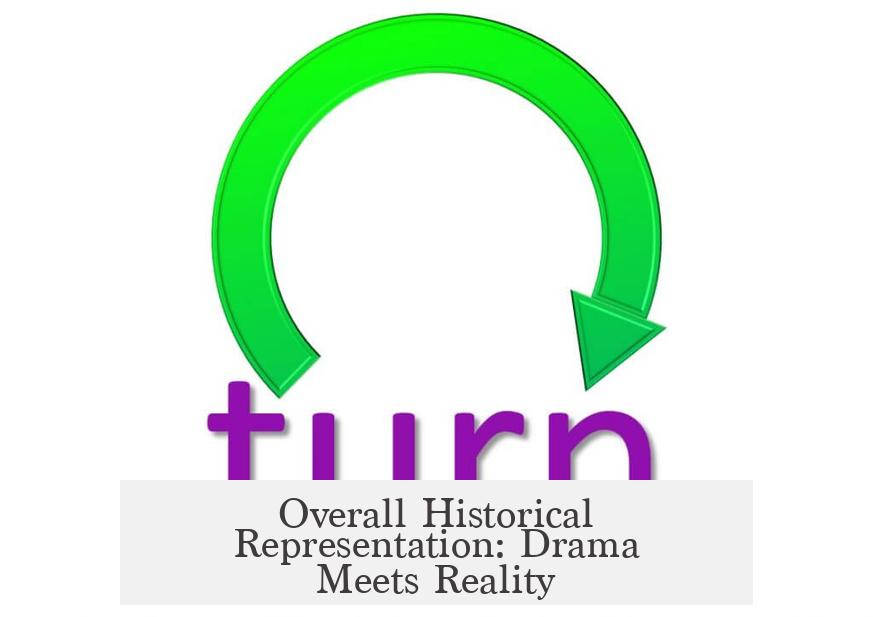
Like many historical shows and movies, Turn applies what’s sometimes called “poetic license.” This means it spices up real events and characters to keep viewers hooked. But does this come at the expense of accuracy? Not entirely.
- Moderate Faithfulness: Turn generally sticks to the broad strokes of Revolutionary War events and the spy ring’s actions. It shows the tension, the risks, and the complexity of espionage during that era.
- Dramatic Enhancements: To boost engagement, characters’ personalities and relationships get turned up a notch. Some figures are brooding or bold beyond what records suggest. This is not unusual for TV adaptations.
- Acceptable Trade-Offs: The historical facts are mostly respected, while drama fills in the gaps. If you’re looking for pure history, this might feel frustrating. But if you want fascinating storytelling that’s rooted in reality, Turn hits its mark.
Basically, Turn nudges history toward theatrical impact without abandoning it. Think of it like a cake that needs icing—you need the sweet layer to make the experience enjoyable, even if the core ingredients remain the same.
The Source Material: Alexander Rose’s Book
The foundation for Turn lies in Alexander Rose’s non-fiction book, which is a treasure trove for anyone keen on the real spy ring behind the drama.
- Fact-Driven Foundation: Rose’s book offers a straightforward historical recount, focusing on espionage, key figures, and the strategic importance of the spy ring during the American Revolution.
- Connections Uncovered: The book explores fascinating relationships, such as those involving Benedict Arnold, whose name might ring a bell in any spy thriller. Rose’s detailed research brings these to life thoughtfully.
- No Drama, Just History: Unlike the series, the book skips the dramatization and sticks to clear accounts of events. This contrast explains why the show can take liberties — it adapts a serious book for entertainment.
If you want to know the raw history behind the thrills of Turn, Rose’s book is the go-to resource. It grounds the show’s excitement in actual espionage facts from the revolutionary era.
What Can We Learn From This Blend of Fact and Fiction?
Watching Turn: Washington’s Spies calls for a curious mind and a skeptical eye. You get a gripping story, but with historical nudges rather than a detailed lesson. So how do you separate the wheat from the chaff?
- Enjoy the Drama: Let the series entertain you—it’s well-crafted and engaging.
- Respect the History: Know that real events inspired the story. The show shines a light on Revolutionary War espionage, an often overlooked part of history.
- Dig Deeper: For serious learners, supplement the show with books like Alexander Rose’s to appreciate what truly happened.
And lastly, don’t take any character’s behavior at face value—especially Simcoe. His portrayal strays from what most historians agree on, showing how characters can be reshaped for narrative flair.
Final Thoughts
AMC’s Turn: Washington’s Spies strikes an intriguing balance. It’s part historical recount, part dramatic thriller. It opens a window into spy craft during America’s fight for independence but closes some parts with a fog of fiction. That fog includes juicy character tweaks and embellished personalities, especially for British officers like Simcoe.
For history buffs, the show offers sparks to light curiosity. For casual viewers, it provides a gripping narrative with enough historical bones to chew on. Just don’t expect a pure classroom history session—consider Turn a friendly mix of fact and inventive storytelling that brings Revolutionary espionage to life in vivid color.
Curious—how do you balance historical accuracy with entertainment? Should shows like Turn stick tighter to facts, or is some artistic freedom essential for hooking viewers?
Q1: How accurate is the portrayal of John Graves Simcoe in *Turn: Washington’s Spies*?
The show alters many details about Simcoe’s life. It paints him as a ruthless warrior, but historically, he was more a statesman. He is a Canadian hero for developing Upper Canada after the war.
Q2: Does *Turn: Washington’s Spies* take artistic liberties with historical events?
Yes, the show uses poetic license typical of TV dramas. While some characters and events are exaggerated, the overall portrayal remains fairly faithful to history.
Q3: What source does the show base its historical content on?
The series is based on Alexander Rose’s non-fiction book. The book provides a factual recount without dramatic flair, focusing on relationships, like those involving Benedict Arnold.
Q4: Are the characters in the series true to their real historical personas?
Many characters are dramatized for storytelling. This means their personalities and actions may not fully reflect real history but serve to enhance the show’s tension and plot.
